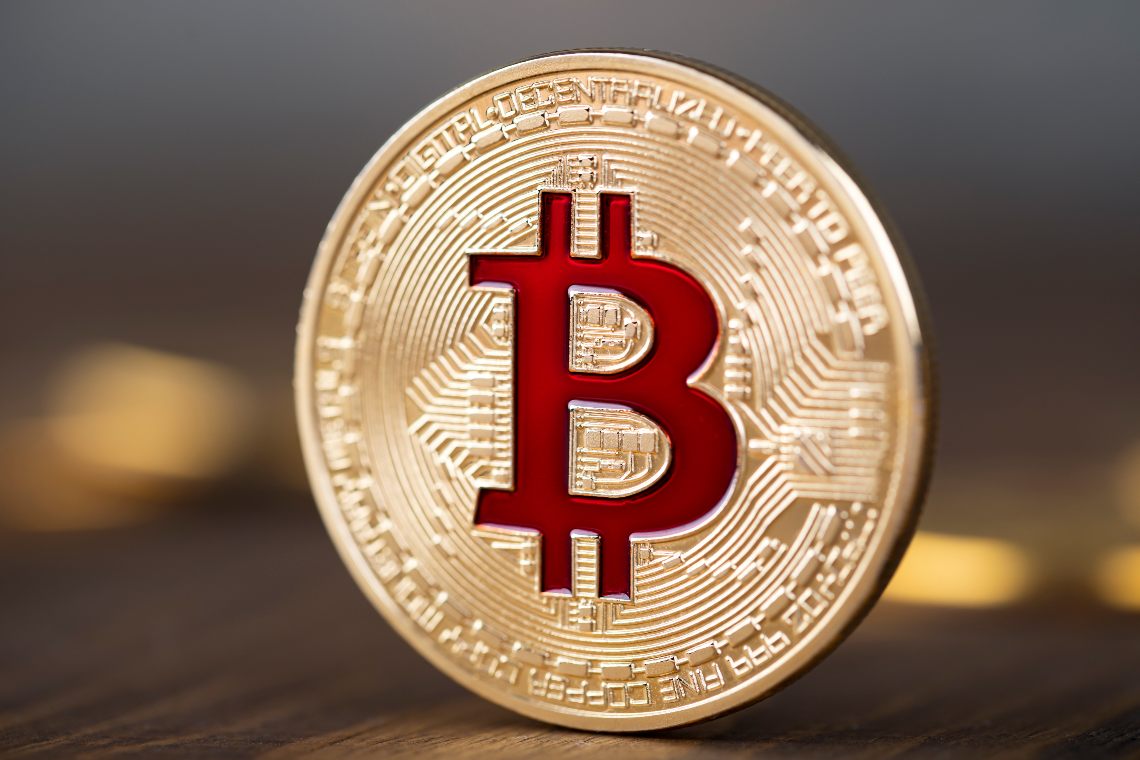Bitcoin by now has a history that is starting to be relatively long.
Although the Bitcoin protocol was first made known to the world by its creator, Satoshi Nakamoto, on 31 October 2008, Nakamoto had actually been working on it for some time, as evidenced by the fact that the bitcoin.org domain was registered on 18 August of that year.
Actually, someone had been trying to find a way to create a fully digital global currency since 1992, but never succeeded.
The only one who succeeded was the person (or group of people) who has always hidden behind the pseudonym Satoshi Nakamoto, and whose true identity remains unknown.
The 31st of October 2008 is only the date of publication of the Bitcoin protocol, which is usually considered to be the date of its birth.
However, at that time the Bitcoin blockchain had not yet been created, so there were no BTC in circulation. The birth date of Bitcoin’s blockchain, and therefore of the first 50 BTC, was 3 January 2009, when Nakamoto himself mined the first block, block number zero.
At the time, 1 BTC had no value, and was not exchangeable for anything, and the second block was not mined until six days later, on 9 January, because Nakamoto wanted to make sure everything was working properly before releasing the first version of the Bitcoin client on 9 January 2009.
However, at that point no bitcoin transactions had yet been made, only the first 100 BTC had been created.
The first transaction took place between Satoshi Nakamoto himself and Hal Finney, even on block number 170. Since 50 BTC were created per mined block at that time, 8,500 BTC had already been created before Nakamoto on 12 January 2009 made the first ever bitcoin transaction, in which he sent 10 BTC to Hal Finney.
More than twelve years have passed since then, and bitcoin has come a long way in that time.
There are now more than 18.7 million BTC in circulation, and nearly 640 million transactions have already been recorded on the Bitcoin blockchain.
In 2009, however, there were no platforms on which to exchange, buy or sell bitcoin, they could only be sent from wallet to wallet, or mined. In other words, they had no market value in dollars, which can therefore be approximated to zero.
Mining BTC at the time was so easy that Nakamoto himself is estimated to have mined more than a million. However, in 2011 Satoshi vanished into thin air.
The BTC he mined, however, were virtually never used, so much so that many believe he passed away, leaving the private keys to the wallets to no one.
After Satoshi, the Bitcoin story continues
In the meanwhile, on 22 May 2010, the first bitcoin payment in history took place, when Laszlo Hanyecz paid for two pizzas with 10,000 BTC. Today this would be worth over $570 million, making those two pizzas the most expensive ever purchased.
Therefore it is possible to say that in May 2010, just over a year after its creation, a bitcoin was worth less than $0.01.
In July 2010 the first bitcoin exchange, Mt. Gox, founded by Jed McCaleb, was born, and in August of the same year the first regular buying and selling of bitcoin in dollars on exchange platforms began, at a price of around $0.07. In other words, its value had already multiplied sevenfold since May.
The following year, 2011, was characterized by the fact that some organizations began to accept bitcoin as a form of payment, and by the fact that the first altcoins began to be created, such as Litecoin, the first block of which dates back to 7 October 2011.
The following year, on 28 November 2012, the first halving took place, which cut the reward for miners in half to 25 BTC per mined block, and in 2013 the first big speculative bubble was triggered, which took the price of bitcoin to over $1,100. By then, compared to the initial price in May 2010, the value of bitcoin had multiplied 110,000 times.
In 2014 the first big speculative bubble in bitcoin burst, and Mt. Gox went bankrupt due to a hacker attack.
The 2015 that followed was the worst year ever for the price performance of BTC, with a final annual average price of $272, or 48% less than the average price of the previous year.
On 9 July 2016 there was the second halving, followed in 2017 by the second major speculative bubble which brought the price of bitcoin to touch $20,000. By then the value of BTC had multiplied by two million times from its initial value in May 2010.
In 2018 the second big speculative bubble burst, but the following year, 2019, the average price only fell by 2% compared to the previous year.
On 11 May 2020 there was the third halving, and in 2021 the price hit new highs reaching almost $65,000 on 14 April. By then the value of bitcoin had multiplied 6.5 million times over its initial value in May 2010.
The post Bitcoin’s history from birth to today appeared first on The Cryptonomist.

















